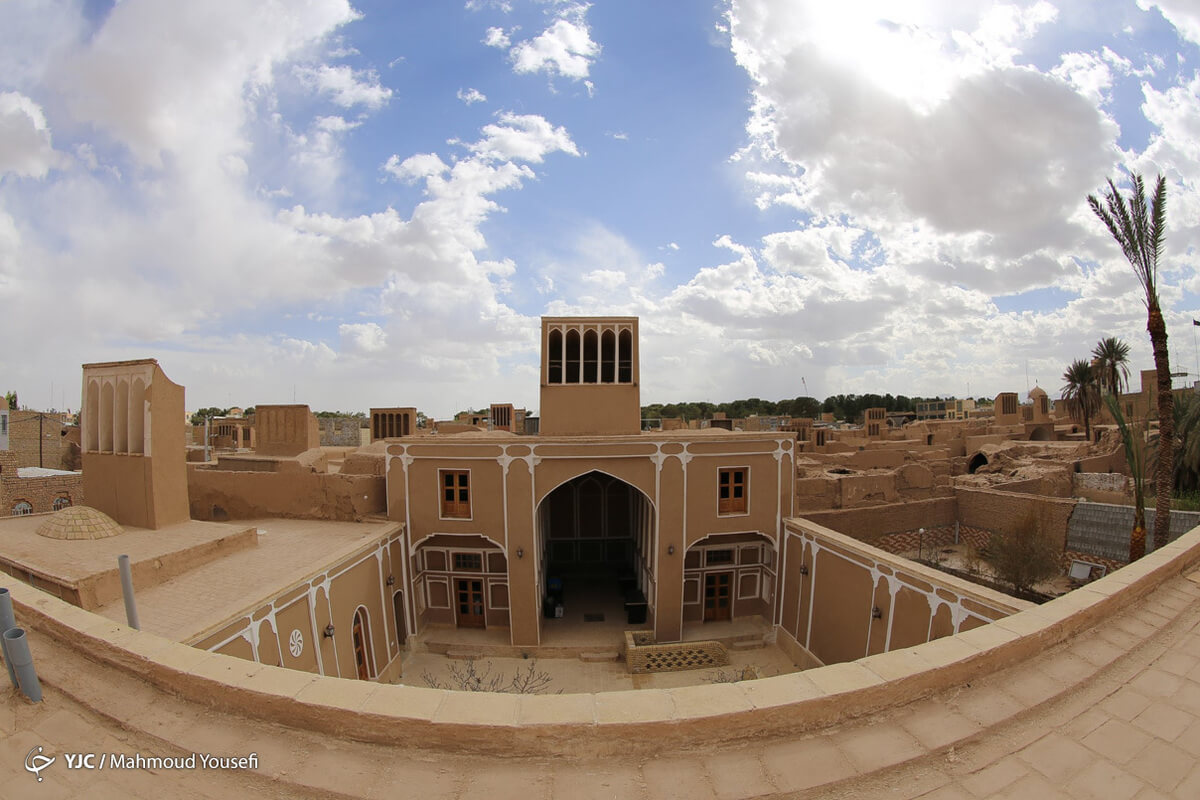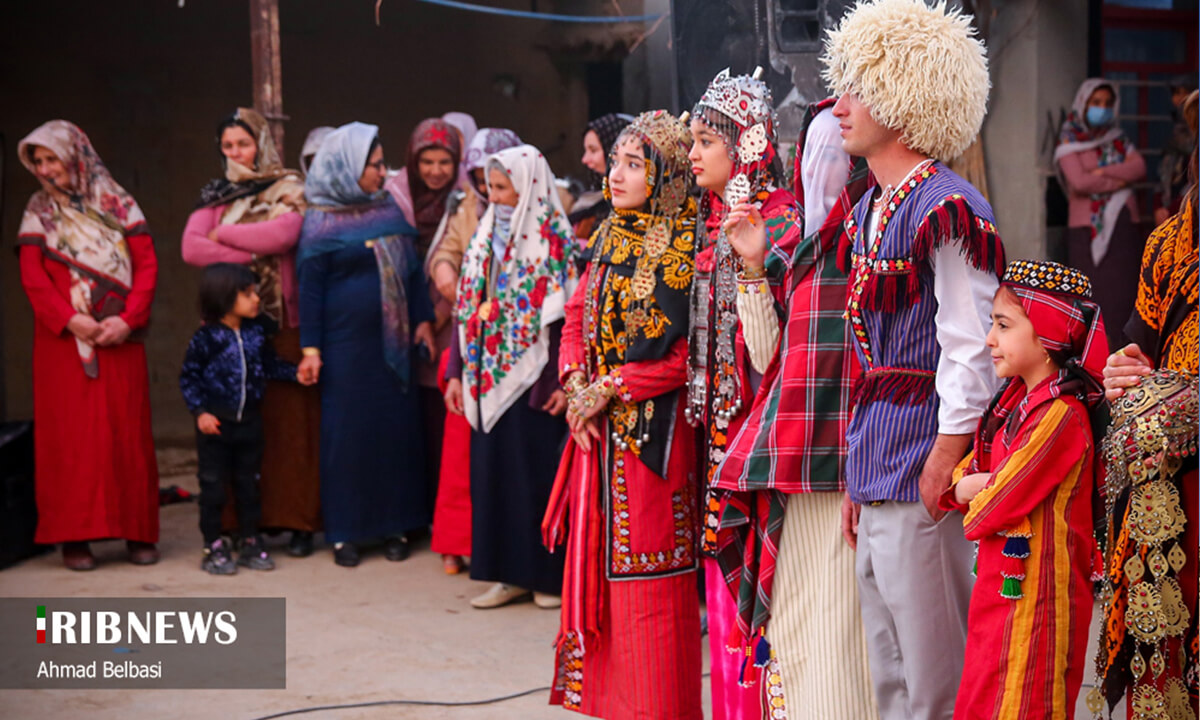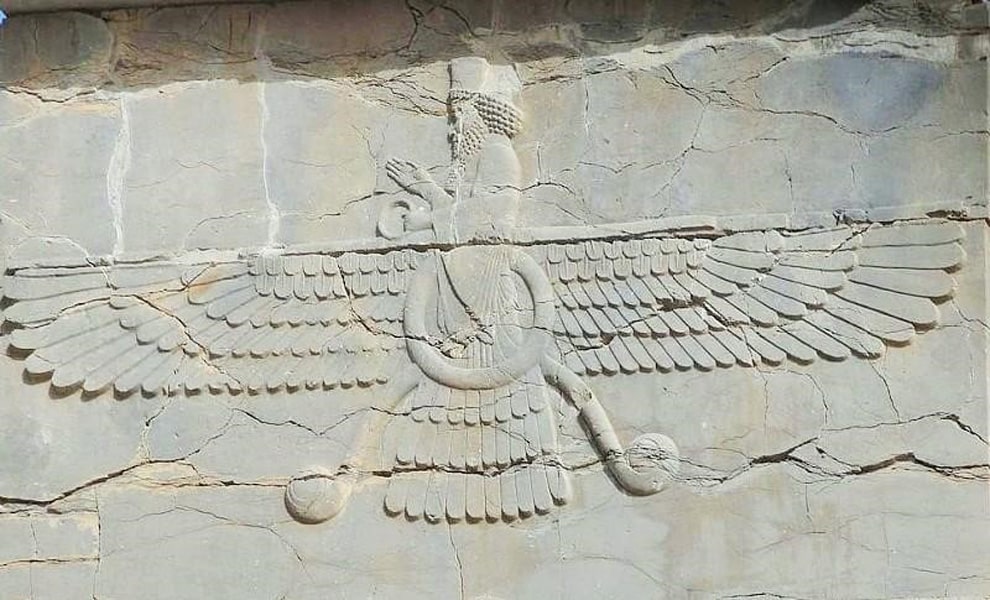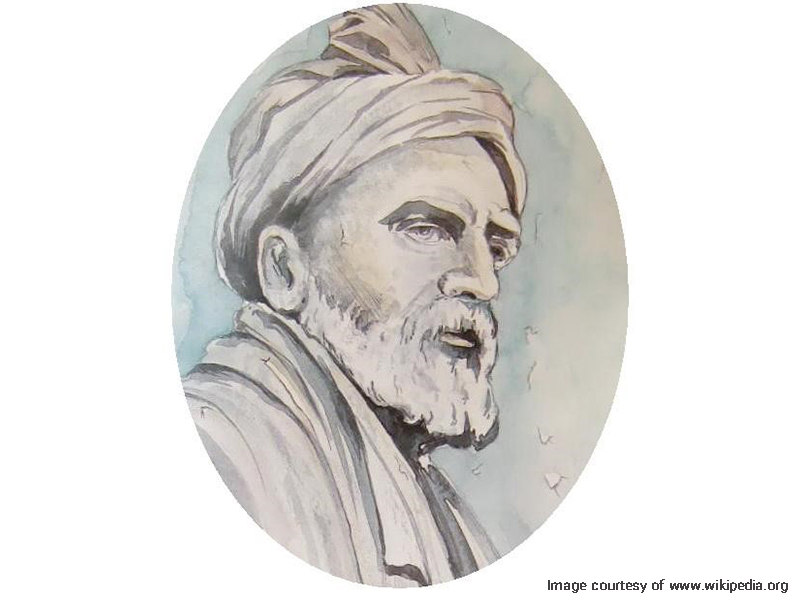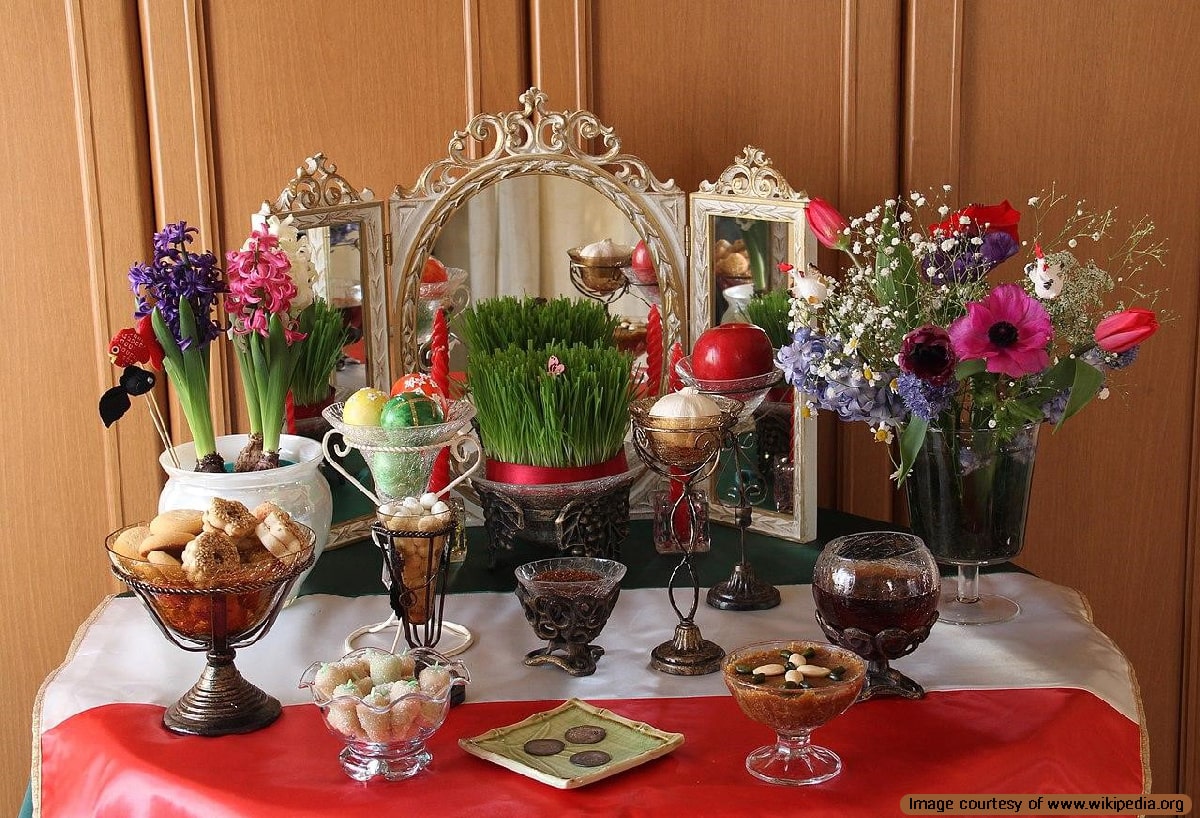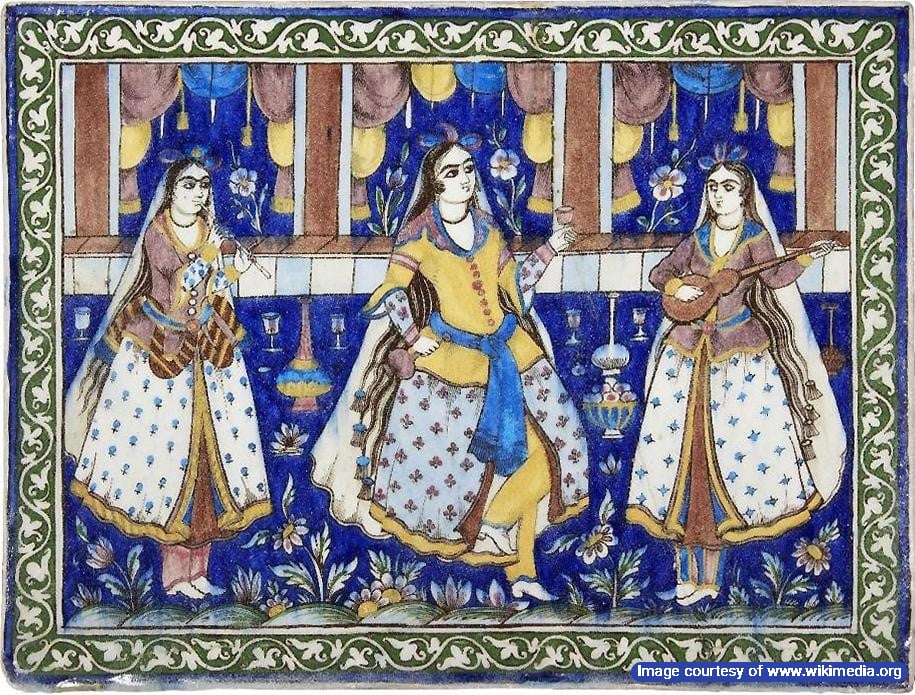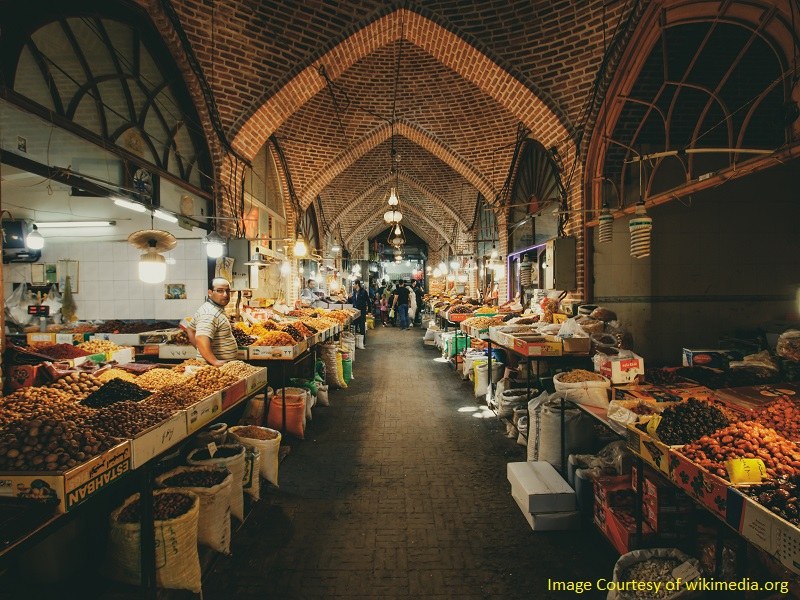
Bazaars in Iran (Persian Bazaars), these very old structures, were first formed as a set of shops at the sides of water streams or rivers in the cities.
Later, they were roofed and changed into the present forms we see today in some parts of the world. Bazaars can be seen in almost all of the old cities and towns of Iran. They are still in function.
Definitions of Bazaar-Related Terms:
To better understand the function of bazaars, we need to get acquainted with some words and terms used in Farsi. Here are some of the commonly used ones:
- Rasteh Bazaar: It refers to the main passageway with shops of the same guilds.
- Dalan: It is a corridor that connects passageways in a straight or non-straight way.
- Qeisarieh: It is a passageway in which light-weighted and expensive goods are sold.
- Tim & Timcheh: They refer to large and small, enclosed areas in which heavy-weighed and expensive goods are sold. The roofs in such structures are most beautifully decorated implementing various fields of art.
- Carevansara: It is a sleeping place for travelers, sometimes used as a warehouse. Offices can be at the same area too.
- Sara: It functions as a caravansary, but the goods there are samples and small items. Offices and warehouses are in this one place. Like caravansaries, wholesalers work in Saras.
- Chaharsu/Charsu: It is a domed intersection where two Rastehs of a big bazaar meet. They are architecturally built as beautifully as possible. It is served as the station of the head guard of a bazaar.
- Bazarcheh: It is a roofed bazaar in a smaller scale at any quarter of a city where local people can easily do shopping.
- Bazaary: it refers to a person who has a business in a bazaar as a merchant, wholesaler, retailer, broker, money exchanger, etc.
The biggest square of a city was situated at the entrance or exit of a bazaar-like Naqsh-e-Jahan Sq. in Esfehan.
Therefore, in a more general and comprehensive sense, a bazaar consists of a set of roofed stores along with passageways and corridors as well as caravansaries, Saras, Timchehs, etc. There are also other public services like bathhouses, schools, and mosques and so on in the same complex to satisfy the various needs of the people inside bazaars.
Arrangement of Shops in Iranian Bazaars
People belonging to different walks of life were living near or far from bazaars. Bazaars were either too live or too dead quarters of a city at various times or occasions.
Knowing all the above-said information is not enough to come to feel life inside bazaars. We need to know:
Social Aspects of Iranian Bazaars
People of the same guild have to have their shops next to each other to prevent any disturbances or add to their security. Bazaaries have played key roles in the policies of Iran because the main means of economy used to be bazaars. Today, as a result of modernization, they are gradually losing their former influence.
There are various jobs for those who are working inside bazaars like, merchants, distributors, brokers, money exchangers, porters, etc. It will not be precise to introduce all bazaaries as one, but there are lots of characteristics in common among them. Many of the people still working in bazaars are not educated compared to the other guilds of Iranian society. They know enough to run their own business. Also, the quality of life among those guilds inside the bazaars who make a lot of money is usually lower than middle-class educated people outside bazaars.
As the cities are growing on a huge scale in Iran, the distances are growing longer and longer within them. Therefore, it will be quite time-consuming to take a trip from one spot in a large city to the other spot where the bazaar of the city is located. So, people prefer to go shopping in their neighborhood unless they need to buy plenty of items. Then, it will be worth taking such a trip and time to buy things all in a place and relatively cheaper.
Temporary Bazaars in Iran
In addition, in villages or less populated spots, there are two other types of temporary bazaars: 1) Seasonal bazaars and 2) Day bazaars.
- “Seasonal bazaars” are the gatherings in which some of the seasons? products are temporarily put on sale. They still can be found in some areas of Iran.
- “Day bazaars” are the gatherings held once a week in areas with a dispersed population, like in various corners of north Iran or desert areas. One may see entertainers, tea sellers, colorfully dressed people, and many other attractions producing an atmosphere like shopping festivals, but in a traditional way.






